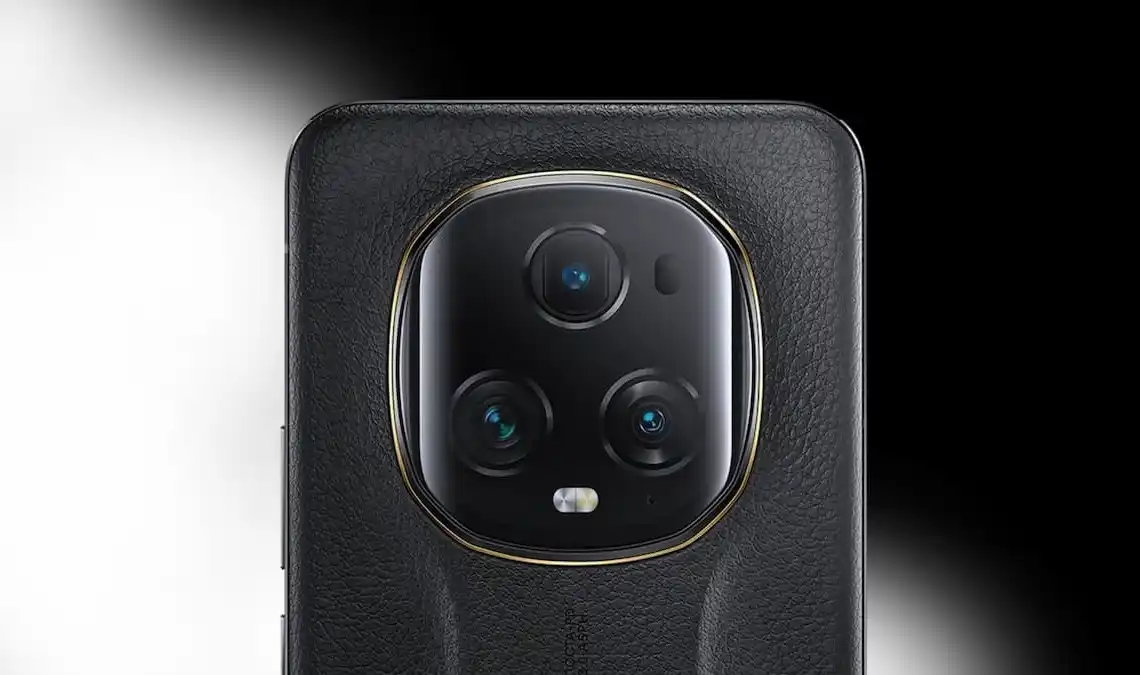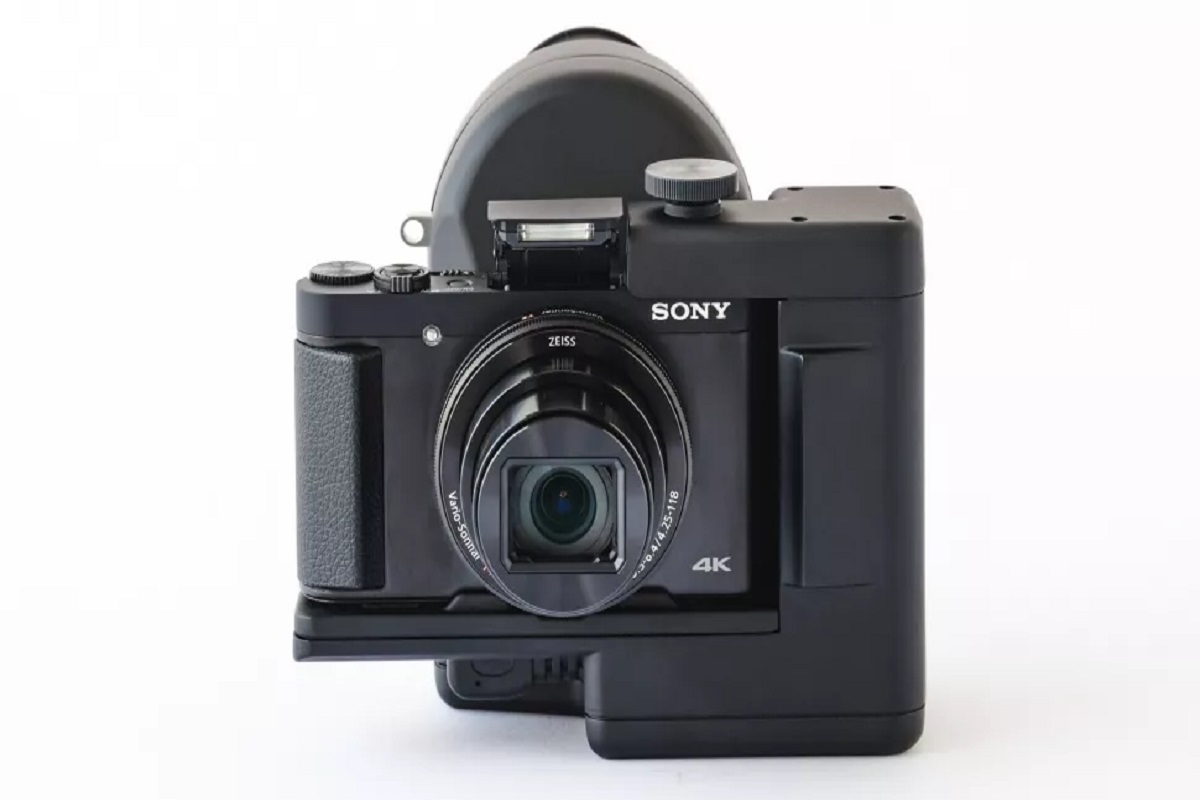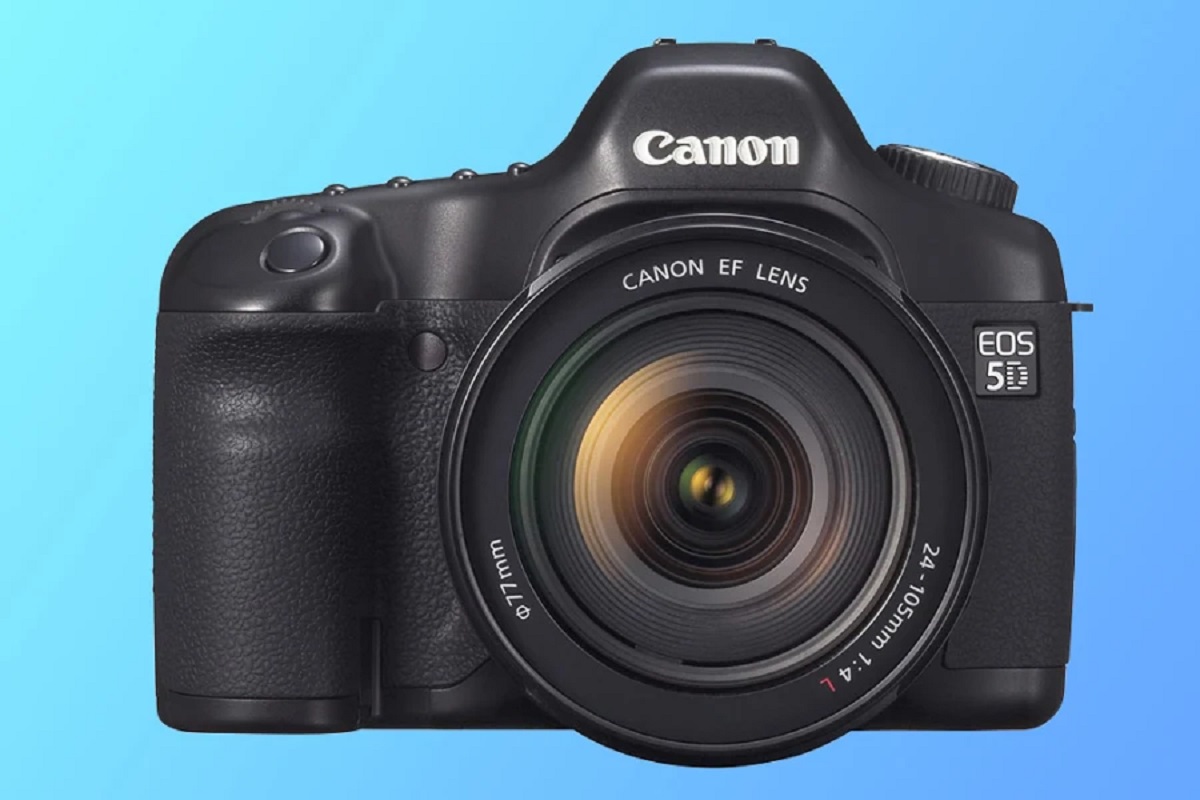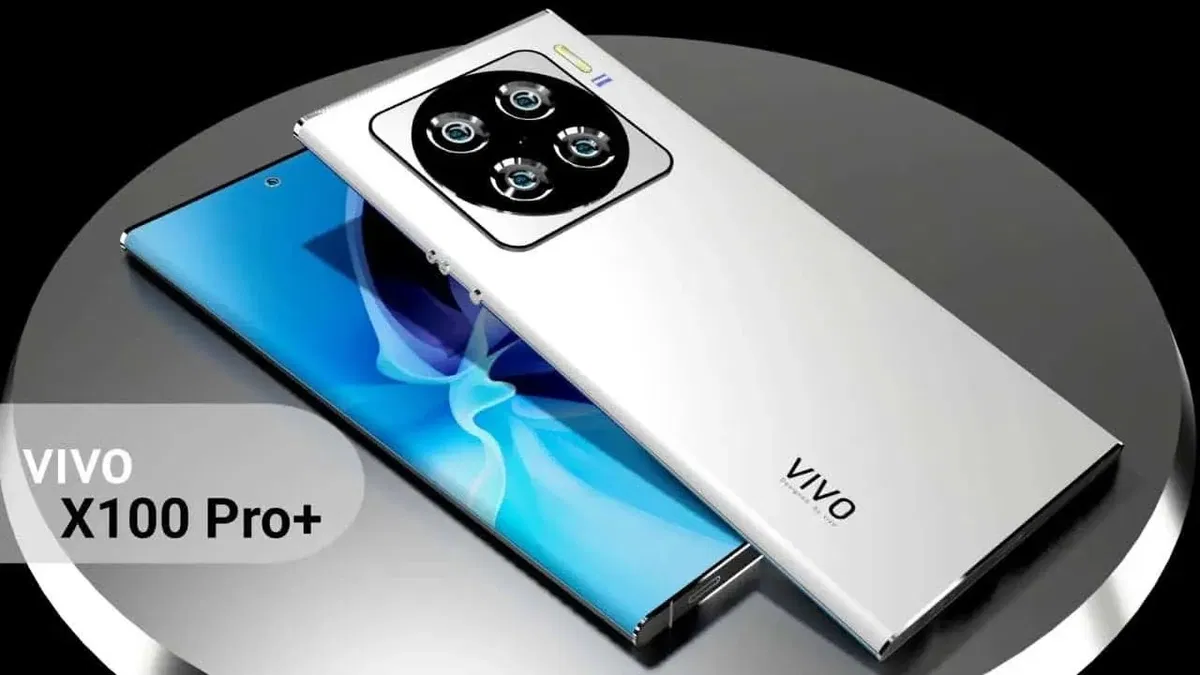The new OM System ‘Olympus’ OM-1 camera introduces an intriguing feature called the ‘quad-Bayer’ sensor design. This article aims to explain the concept, along with its advantages and drawbacks. The quad-Bayer sensor design employs a Bayer color filter array where each ‘red’, ‘green’, or ‘blue’ filter patch covers four pixels instead of just one. This is shown in the illustration below, comparing the standard Bayer array with the quad-Bayer alternative.
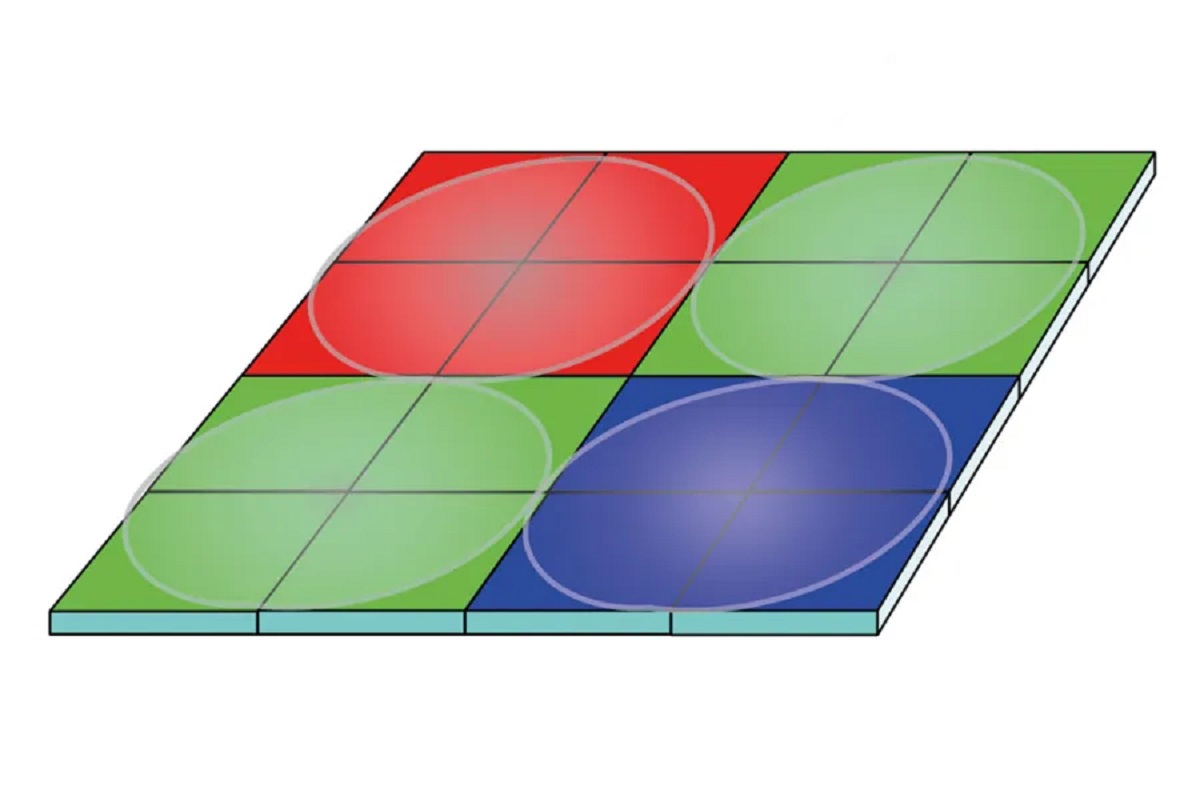
It’s important to clarify some terms here – while manufacturers often refer to the pixel as a ‘photo-diode’, each of the four pixels beneath a color filter functions independently and can be read separately. This design wouldn’t make sense otherwise. Initially, the quad-Bayer arrangement might seem to halve the sensor’s resolution, but there’s a reason behind it, as we’ll explore later.
This quad-Bayer sensor approach is commonly seen in smartphones. You might wonder how a phone’s lens provides enough resolution for sensors with up to 100MP. The answer is that it can’t. However, a small pixel aperture can help increase resolution. In phones, the quad-Bayer setup allows the combination of all four pixels in low light conditions. In brighter lighting, the pixels are used individually, enhancing sharpness by effectively reducing the pixel aperture.
The first consumer cameras to adopt this arrangement were the Panasonic Lumix GH5S and Sony Alpha 7S III, which cater to video with lower pixel counts. Notably, these cameras lack the function mentioned earlier. So, what’s the advantage of the quad-Bayer layout? Both these cameras employ the design shown in figure 2, featuring individual microlenses for each pixel.
This preserves the efficiency of the microlens in focusing light onto the pixel’s active area. However, this design doesn’t offer any improvement over using larger native pixels. The real reason behind its adoption lies in cost savings during production. The specialized nature of the low pixel count sensor allows it to be a variant of another product, leading to reduced manufacturing expenses. For instance, Sony’s 12MP sensor can be derived from a 48MP sensor – a strategy seen in their full-frame sensors with similar pixel counts.
Now, let’s delve into the OM-1. This camera employs a distinct microlens arrangement, as shown in figure 3. In this case, one microlens covers each quad-pixel color filter. Although this approach reduces efficiency by focusing light on inactive parts of each pixel, it introduces a significant advantage: the sensor now offers a phase-difference focus detection mechanism. This system is akin to Canon’s dual-pixel arrangement but functions both horizontally and vertically.
With this sensor design, every pixel in the frame becomes a focus pixel, enabling ‘cross-type’ detection. When capturing a frame, there’s no need to interpolate focusing pixels. Canon provides a ‘dual pixel raw’ feature that extracts depth information from images. While a quad-pixel raw option would be intriguing, OM System currently doesn’t offer it.
